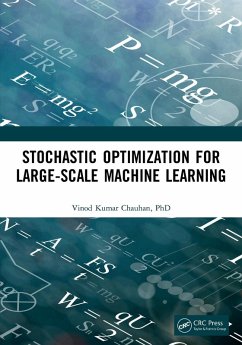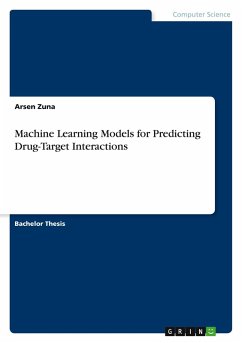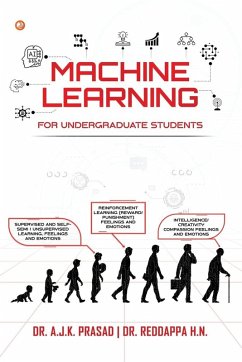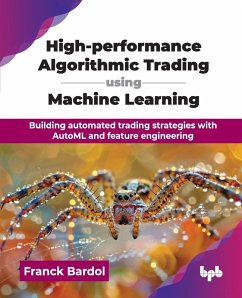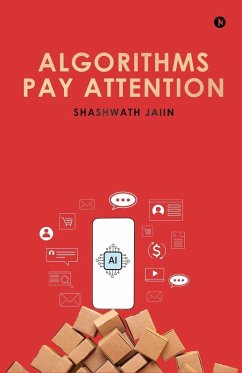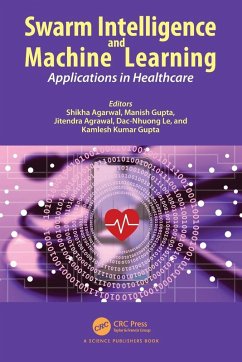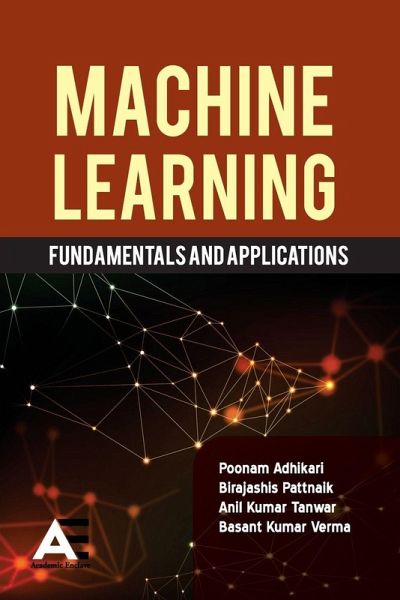
Machine Learning
Fundamentals and Applications
Versandkostenfrei!
Versandfertig in 1-2 Wochen
49,99 €
inkl. MwSt.

PAYBACK Punkte
25 °P sammeln!
The presents book a comprehensive and structured journey through the foundational principles and advanced methodologies that drive the modern field of artificial intelligence and machine learning. The book is meticulously organized to serve as both a textbook for graduate-level learners and a reference manual for researchers and professionals aiming to understand and apply AI techniques in a wide variety of domains. By integrating theoretical frameworks with real-world applications, it offers readers both the "how" and "why" behind the workings of intelligent systems. Beginning with the basics...
The presents book a comprehensive and structured journey through the foundational principles and advanced methodologies that drive the modern field of artificial intelligence and machine learning. The book is meticulously organized to serve as both a textbook for graduate-level learners and a reference manual for researchers and professionals aiming to understand and apply AI techniques in a wide variety of domains. By integrating theoretical frameworks with real-world applications, it offers readers both the "how" and "why" behind the workings of intelligent systems. Beginning with the basics in Chapter 1: Fundamentals of Machine Learning, the book gradually builds the reader's understanding of essential algorithms, learning paradigms, and modeling techniques. This is followed by an exploration of advanced strategies in Chapter 2, which dives into optimization, regularization, and ensemble methods that refine the learning process. Through clearly explained mathematical formulations and illustrative examples, readers are empowered to engage deeply with core concepts while also preparing for complex implementations. Chapters 3 through 5 guide readers through pivotal domains such as unsupervised learning, probabilistic models, reinforcement learning, and deep neural networks. These chapters serve as a bridge between theoretical understanding and practical deployment, offering insight into clustering, dimensionality reduction, Q-learning, policy optimization, convolutional and recurrent architectures. In particular, the deep learning chapter provides a robust look into the structures and operations that power modern AI-from natural language processing to computer vision. The book goes beyond techniques and tools by addressing the theoretical and statistical underpinnings of machine learning in Chapters 7 and 8. By introducing concepts from information theory, generalization, VC dimensions, and entropy, it fosters a deeper appreciation for the mathematical rigor that supports AI's growth. Furthermore, Chapter 6 on applications illustrates the transformative impact of machine learning across healthcare, robotics, finance, cybersecurity, and smart environments, linking abstract ideas to tangible societal advancements. Overall, Understanding Artificial Intelligence: Fundamentals and Applications is designed to offer a balanced, in-depth view of the AI ecosystem-ideal for students, educators, and practitioners alike. It emphasizes clarity, real-world relevance, and intellectual rigor, making it a valuable guide for anyone seeking to master the evolving landscape of intelligent systems.




